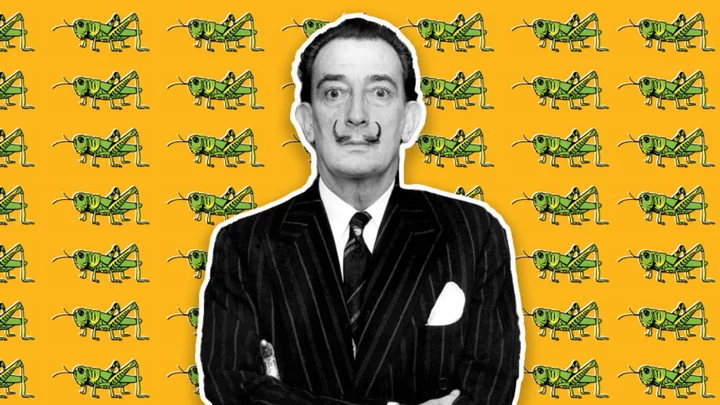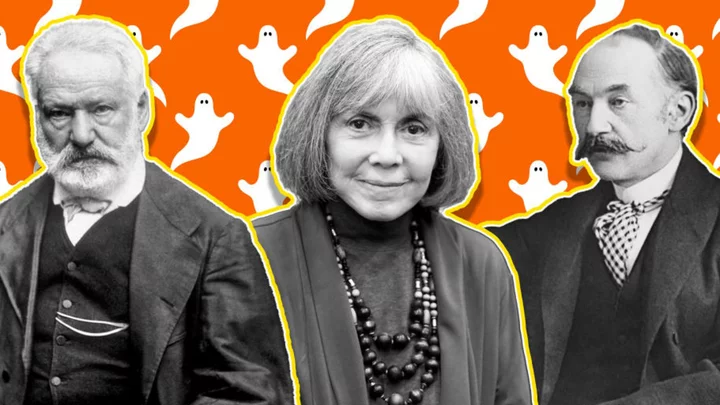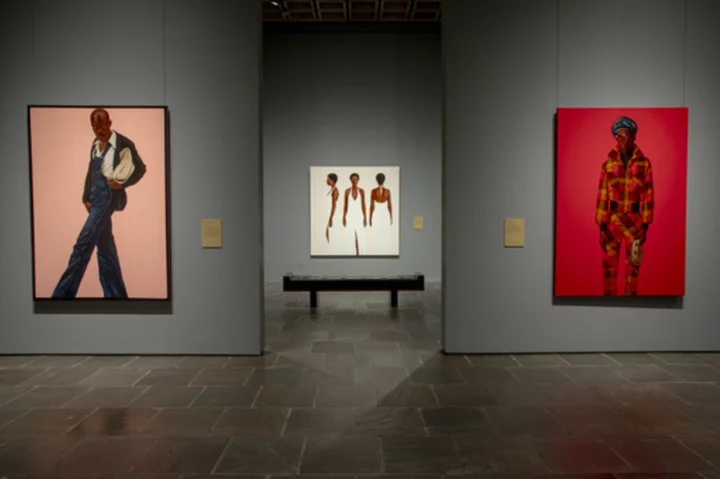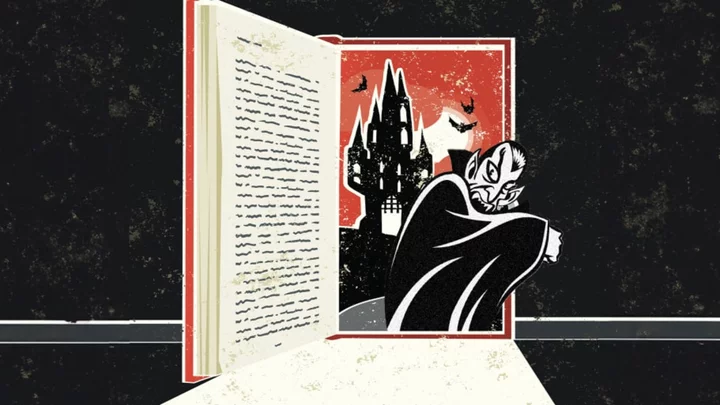There’s plenty out there to be scared of. Some fears are more common than others—a recent poll of American adults showed that almost one in three have a fear of snakes, with heights, spiders, and public speaking not far behind—while others might even be considered phobias. And not even history’s most famous figures were immune. Here are just a few of the fears held by 10 notable people.
1. Heraclius // Water
During the reign of Byzantine emperor Heraclius (610 to 641), a rumor circulated that he had a fear of water. The story went that he wouldn’t make a post-battle entry into the city of Constantinople (now Istanbul) until a number of boats was arranged into a pontoon bridge that allowed him to cross the Bosporus Strait (according to some sources, vegetation was used to hide the water). But recent academic research by Nadine Viermann—who reanalyzed a passage in which the story appeared—has argued that Heraclius’s actions weren’t necessarily due to a fear of water; instead, the story may have been intended as satire to illustrate the weakness of his actions.
2. Genghis Khan // Dogs
The Mongolian ruler Genghis Khan has one of the most infamous reputations of tyranny in history: as described by Time magazine, the “world conqueror swept through Asia like an apocalypse and set in motion forces more powerful than the sword” and that “terror” itself was his “greatest weapon.” But he also had fears of his own—including a fear of dogs, according to the 2004 biography Gengis Khan: Life, Death, and Resurrection.
Author John Man writes that the detail appeared in the 13th-century book The Secret History of the Mongols; when the future warlord’s father left him with the family he hoped Genghis would marry into, he asked them to make sure they had control of their dogs because his son was afraid of them. While “Westerners may raise an eyebrow” at the story, Man writes, “Mongolian dogs were always notorious. I'll bet Genghis himself included this wry detail, which must have struck the author of The Secret History as a nice human touch.”
3. Napoleon // Open Doors
Napoleon Bonaparte was another ruler who established a fearless image as a military leader, but in private he suffered from his own anxieties—including, supposedly, a fear of open doors. According to the National Gallery of Victoria exhibit “Napoleon: Revolution to Empire,” people who came in to meet him had to enter and exit the room through a very narrow gap and quickly close it behind them to avoid the door being open too wide.
4. Hans Christian Andersen // Being Buried Alive
The author of The Little Mermaid was apparently afraid of both fire and dogs and refused to eat pork for fear of contracting a particular parasite—and he also suffered from taphephobia, otherwise known as the fear of being buried alive. When he traveled, Andersen slept with a note next to his bed that read “I only appear to be dead.” Toward the end of his life, he asked his caretakers to open up his veins before he was put in the ground to ensure he was really, truly dead.
5. Sarah Bernhardt // Abandonment
Sarah Bernhardt was one of the first actresses to become what we today consider a celebrity. She worked hard to craft her image and amassed many devoted fans over the course of her career. But she had her own insecurities underneath her outward sense of command: She had a deep fear of being abandoned stemming from a childhood in which she felt left behind by her family. Biographer Robert Gottlieb writes in Sarah: The Life of Sarah Bernhardt that the future actress was given to a nurse in France and was “essentially a foster child” whose family rarely came to see her.
6. Franklin Delano Roosevelt // The Number 13
In his 1933 inaugural address, newly elected U.S. president Franklin D. Roosevelt made the famous statement that “the only thing we have to fear is fear itself”—yet even he wasn’t immune to the emotion: Roosevelt was afraid of fire and the number 13 (also known as triskaidekaphobia), so much so that he sometimes refused to travel on Friday the 13th: “He hated Friday the 13th, he would never start an important trip on a Friday if he could help it, and he disliked sitting down with 13 at dinner,” one of his biographers wrote.
7. Salvador Dalí // Insects
The art of Salvador Dalí explored a wide range of strange imagery, some of which was influenced by his own fears—including a dread of insects. The fear even led him to attempt to remove what he believed to be a tick from his body using a razor blade. “In a frenzy I cut and cut and cut, blinded by the blood which was already streaming,” he wrote in his autobiography. “The tick finally yielded, and half-fainting, I fell to the floor in my own blood.” (The tick wasn’t actually a tick at all, but a mole.) One of the insects the artist especially disliked were grasshoppers, which sometimes made appearances in his work.
8. Katharine Hepburn // Audiences
As surprising as it might sound, Katharine Hepburn—who won four Best Actress Oscars—had a fear of performing in front of audiences. It affected her to the extent that she would sometimes vomit backstage. Her nephew also said in an interview that after performances, she would look for reassurance: “She’d grab me by the shoulders. ‘Was I any good? Was I any good?’”
9. Aretha Franklin // Flying
“Respect” singer Aretha Franklin said in a 2014 interview that she had developed a fear of flying—a.k.a. aviophobia—30 years earlier. “It just came on overnight,” she said. “I did take a class, Fearless Flyers, but I missed two weeks of it and my fellow students went on to Indiana and passed, and I didn’t.” The fear affected her ability to travel to some countries in which she would have liked to perform, including the UK.
10. Louise Bourgeois // Insomnia
According to a 2002 New Yorker profile, “fear is the main theme” of artist Louise Bourgeois’s work. Many of those fears were covered in her 2009 piece I Am Afraid. The artwork, which is fabric with lines of text woven into the material, reads, in part:
“I AM AFRAID OF SILENCE
I AM AFRAID OF THE DARK
I AM AFRAID TO FALL DOWN
I AM AFRAID OF INSOMNIA
I AM AFRAID OF EMPTINESS”
Bourgeois suffered from insomnia from 1939 onward, sometimes staying awake for four nights at a time, at which point, according to The Guardian, “she would be in a manic state.” Working soothed her, and she made good use of the time she was unable to sleep: In a span of seven months across 1994 and 1995, she produced 220 pages of what would come to be dubbed Insomnia Drawings.
This article was originally published on www.mentalfloss.com as The Noteworthy Fears of 10 Famous Figures.









